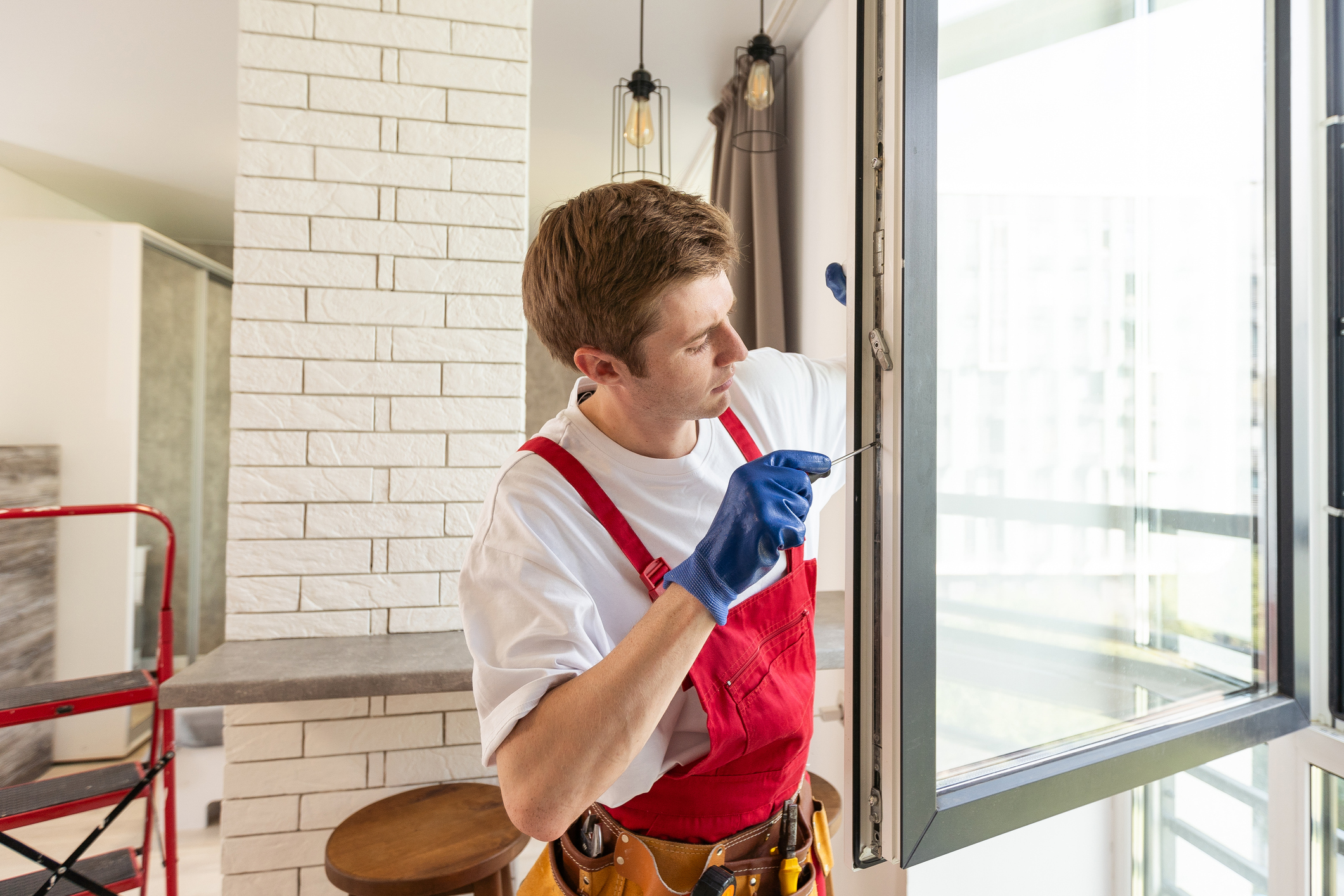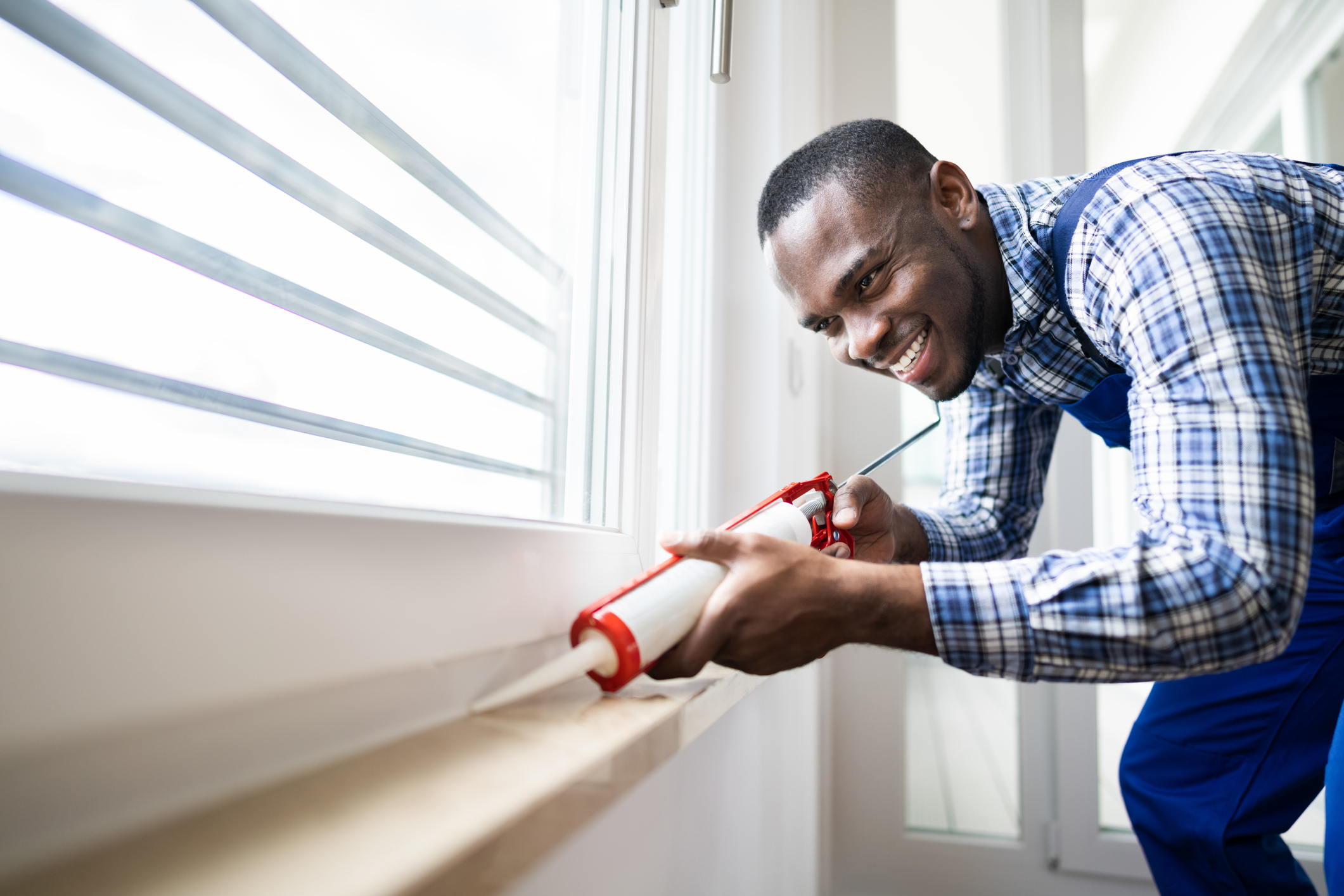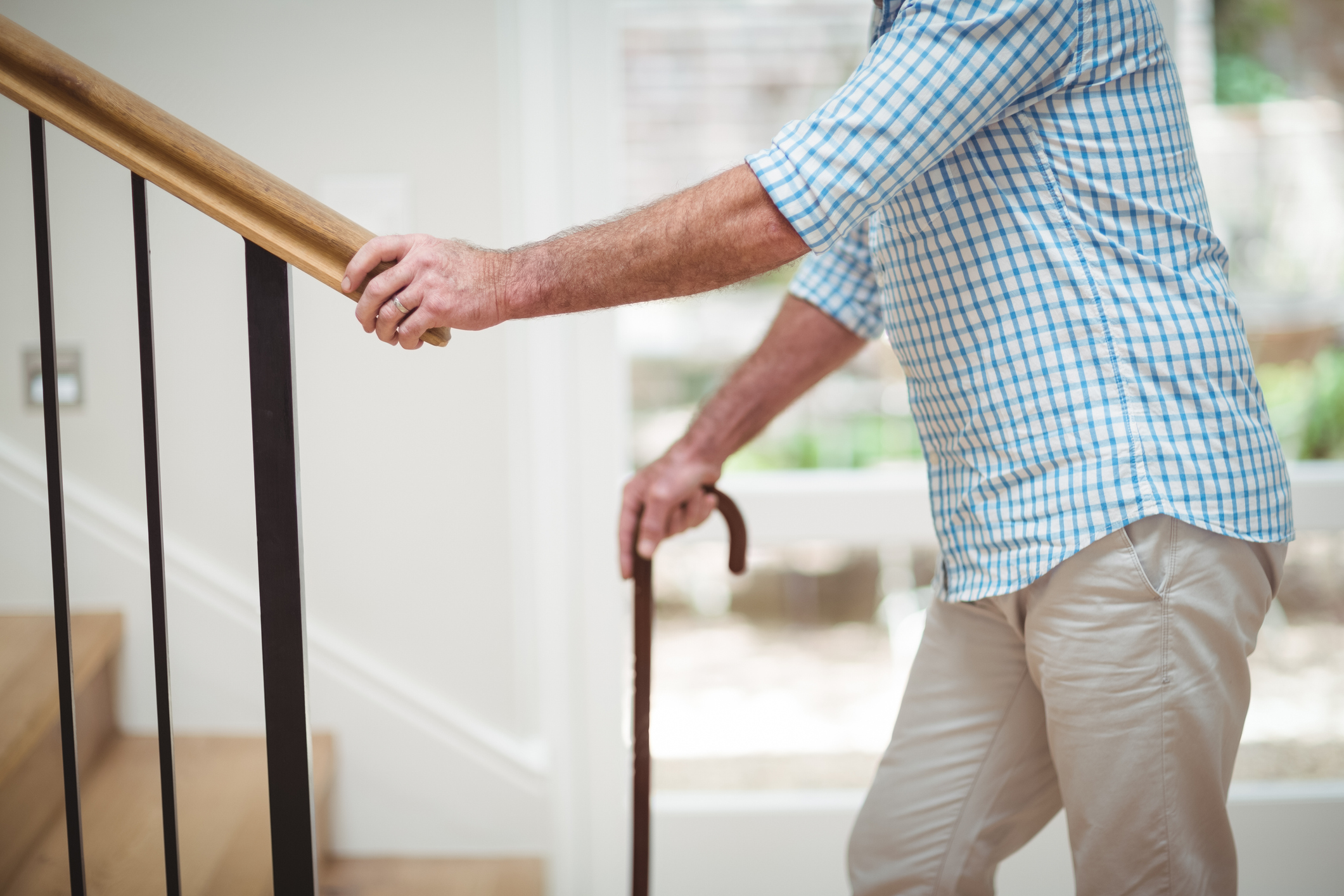
Key takeaways:
- The right energy-efficient upgrades around your house can lower utility bills, make your home more comfortable and, in some cases, may even increase its value and marketability.
- Earth Day and the start of spring are great benchmarks to evaluate your energy costs and plan for some cost-effective improvements.
Reducing energy use and costs are good ideas any time, but with Earth Day around the corner (April 24 this year), you may find a little extra motivation to implement some cost-effective, energy-saving improvements.
Energy-efficient upgrades can make your home more comfortable while significantly lowering energy costs. Plus, you may even be able to increase the value and salability of your home at the same time. According to a study by the National Association of Homebuilders, 90% of homebuyers prefer a home with energy-efficient features and lower energy costs to a less-expensive one without energy-efficient upgrades.
While turning off lights or running the dishwasher only when it is full can contribute to lower energy costs, let’s look at some improvements that can have a larger impact – both on your wallet and energy output.
- Energy-efficient appliances. For most U.S. households, heating and cooling represent the highest portion of energy costs – about 43%, according to the Energy Information Administration. Another 20% goes to heating water for showers and laundry. Appliances represent the third-largest use, accounting for nearly 10% of energy costs.
Appliances that are more than 10-15 years old use significantly more energy than newer models. For example, an old refrigerator uses about a third more energy than a new one with the Energy Star certification. A 25-year-old gas furnace might only be 56-70% efficient, meaning it uses only that much of the gas you pay for. New washing machine that are Energy Star-certified use 25% less energy and up to 75% less water.
While it may not make sense to run out and upgrade all your appliances right away, keep in mind the energy savings when it comes time. New energy-efficient ones will help you save money on your utility bills, help reduce greenhouse gas emissions and help improve marketability of your home if you are looking to sell in the near future. - Heat pump water heater. As we mentioned above, 20% of most household energy usage comes from heating water. To generate real savings here, consider an Energy Star heat pump water heater. These devices, which use different technology than standard ones, are up to four times more efficient and use 70% less energy. According to Energy Star, that can result in savings of almost $500 a year for a household of four. The organization estimates just a three-year return on the initial purchase price of the heater.
Another advantage is that you can set the water temperature to a specific degree and adjust it throughout the year. This can help avoid overheating and associated higher costs. One caveat: Because heat pump water heaters draw ambient warmth from the air, they may not always perform well in colder temperatures. If you live in a cold climate, and are looking into a new water heater, check with a reputable HVAC or plumbing professional about the best options for your area.
- Heat pump. If it’s time to replace either your air conditioning system or furnace, it might be time to consider a heat pump. Separate from a heat pump water heater, a heat pump uses technology like a refrigerator or air conditioner. It extracts heat from a source, such as the surrounding air, then amplifies and transfers the heat to where it is needed. Because heat is transferred rather than generated, heat pumps are much more efficient than conventional heating technologies. Depending on the size of your home and where you live, savings can easily top $100-150 per year.
No matter what technology you use to heat your home, make sure there is a space under the inside doors of your house. That’s how air flows and makes the heater work more efficiently. You can easily save another 5% on your bill.
- Whole-house fan. With an average cost of about $1,700 (plus installation cost), a whole-house fan can be a very effective way to cool homes in many parts of the country. Many homeowners can use it in place of an air conditioning system some or all of the year. (If you live in an extremely hot and humid area, it won’t do the trick.)
If you do use a whole-house fan to cool your home in summer, close it up with an insulated box, or cover for the winter. This prevents heated air from entering the attic, which can create moisture, and thereby cause mold and stains on the ceiling below.
- Ventilated eaves. Make sure you have properly ventilated eaves around your home. It may not sound like an energy-saving move, but it will provide more ventilation throughout your home. That increased airflow can lower an air conditioning bill by up to 10%. As a bonus, if you live in an area with cold winters, ventilated eaves will prevent ice damming on the exterior walls of the house – which can result in ruining interior walls if snowmelt runs down the roof and hits an ice dam. You’ll want to put holes and vents in the eaves, and make sure there are vents at the peak of the roof. Cost will depend on the size of your home and where you live, but may average around $2,000.
- Attic insulation. The Environmental Protection Agency estimates that most homeowners can save an average of 15% on their heating and cooling costs by adding insulation to attics, floors over crawl spaces, and accessible basement rim joists, and by reducing unwanted air leaks around the house. That means checking for any spots where cold air can get into your home, particularly around windows and doors. You can install weather stripping and door sweeps to seal needed areas.
- Energy-efficient windows. Cost per window can range from about $300 to $2,000, depending on the style and size of the window – and that doesn’t include installation. A homeowner could expect to save an average of 12% on annual utility bills, though it will differ greatly based on your climate.
You can also make your windows more energy-efficient with the installation of thermal cellular blinds. They will help cool in the summer and heat in the winter. Cost can be $35 and up per window, depending on window size and type. Many homeowners will be able to install these themselves.
An energy audit can help you evaluate which upgrades make the most sense. Start by checking with your local electric or gas provider. Cost will vary, but can often range from $200 to $700.
Making energy efficiency a part of your home improvement plan can be a smart move for your utility bills, the environment and the eventual marketability of your home.
The blog articles published by Unlock Technologies are available for informational purposes only and not considered legal or financial advice on any subject matter. The blogs should not be used as a substitute for legal or financial advice from a licensed attorney or financial professional. Links in our blog posts to third-party websites are provided as a convenience and are for informational purposes only; they do not constitute an endorsement of any products, services or opinions of the corporation, organization or individual. Unlock Technologies bears no responsibility for the accuracy, legality, or content of external sites or that of subsequent links.



